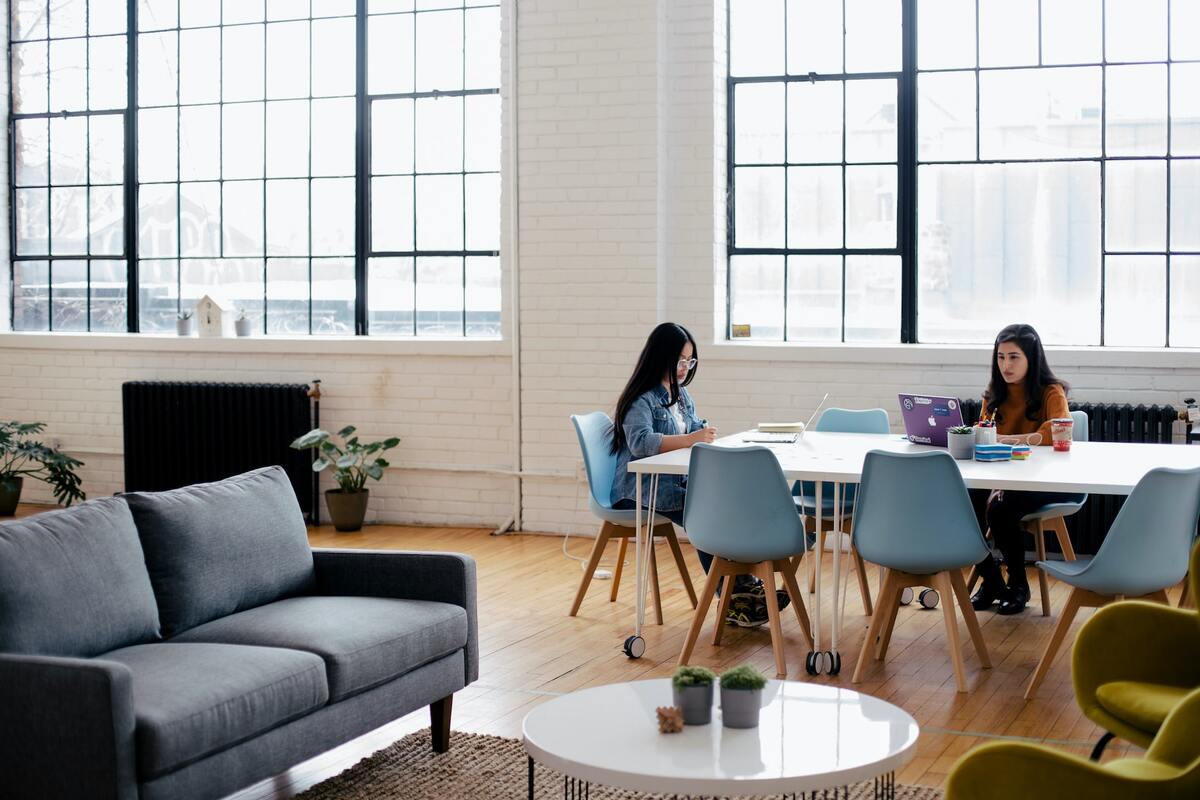Universities at the forefront of sustainable design

Green construction methods and building design are rising in popularity because people worldwide are recognizing their harmful effects on the planet. At the moment, universities are at the forefront of green building and are incorporating trends concentrating on sustainable design initiatives on campus.
But why are the places of higher learning becoming the ones leading eco-friendly design initiatives? Here is a look at their motivations and some of their top sustainable choices.
Embracing green building
College campuses often have more funding for sustainable buildings than others, partly because of staff and students advocating for them. With active encouragement, leaders are more likely to invest in green building initiatives that will cut costs long-term.
For example, take a headline-generating plan of action from the student government at the University of Colorado-Boulder, who initiated a carbon neutrality plan in 2009. With over 33,000 students, the campus engagement was enough to gain attention and introduce a program that estimates cutting greenhouse gas emissions by 50% by 2030.
Smaller colleges also have the potential to drive green design. Pennsylvania’s Dickinson College creates an opportunity for students to educate and engage students in sustainability. The school has a farm with 80 acres of land that is certified organic by the U.S. Department of Agriculture. This land preserves biodiversity and protects natural resources that supply food for its students.
Implementing design strategies
In addition to students advocating for a healthier environment, university researchers and administrators are highly likely to ask builders to apply green building strategies for optimal sustainability.
For many campuses, design and sustainability incorporates the whole community — from managing green space, to improving local transportation and amenities, to designing the actual buildings where students live and learn.
For this reason, smart urban planning can assist building designers and construction professionals aiming to implement more eco-friendly designs. Some examples of urban planning strategies are master planning, economic development, infrastructure planning, urban revitalization and environmental planning.
Universities considering sustainable building approaches should utilize the Smart Enclosure System approach. Rather than concentrating on building, the tactic focuses on the end result of the campus.
However, sustainable design aims to create carbon-neutral structures from less toxic and natural materials. Lowering energy consumption is vital to the growing climate crisis. If more public institutions can reduce the use of building materials harmful to the environment, everyone can go a step further in becoming more energy efficient.
Sustainable design trends
Green design trends are rising in popularity everywhere, specifically on college campuses. Here are just a few of the most popular eco-friendly designs universities are implementing.
Sustainable roofs
Many colleges are beginning to include green rooftops that provide insulation, water runoff control and benefits for wildlife. These consist of greenery like plants and trees rather than concrete or asphalt. Sustainable roofs can also decrease the amount of sound traveling through the building.
Cool roofs are making waves in areas with higher climates, using materials that reflect natural light instead of absorbing heat energy like asphalt. Installation involves shingling or painting reflective materials on buildings to decrease energy consumption and carbon emissions.
Natural Sunlight
Extra windows provide more natural sunlight to enter buildings on campus. Builders are incorporating how they can utilize natural light more efficiently to cut back on energy consumption. This means lining hallways with windows, orenting windows depending on the position of the sun and choosing options with good insulation to manage heat effectively.
Universities have a reputation for fostering late night study sessions, so pushing back on unhealthy habits with human-centric lighting can have positive effects on both sustainability and wellness on campuses. Buildings that use natural lighting and help reflect humans’ circadian rhythm can be healthier and happier places to learn.
Solar panels and renewable energy
Solar panels and geothermal energy are a rising trend in green building initiatives — the more emphasis placed on cutting energy consumption, the better. These panels can power buildings or outdoor activities and reduce the energy they would otherwise use.
Although they cannot necessarily power the whole campus grid, they often supply enough that colleges can eliminate the need for outside energy sources or at least significantly reduce fossil fuel reliance.
Geothermal systems can be even more efficient for the right campus. These systems have the potential to save up to 70% of energy costs for campuses.
Natural ventilation
Everyone is more concerned with clean air since the pandemic — as they should be. Poor ventilation systems can spread sickness faster and limit access to adequate organic air flow. Natural ventilation is being utilized across the globe to provide students and faculty with cleaner and more efficient airflow within their campus. They’re installing and opening more windows to create maximum natural ventilation for buildings.
University initiatives to build greener
The main objective of green building is to be more environmentally friendly to sustain and preserve the planet. Construction in all significant buildings should take note of university initiatives and follow suit to contribute to improving the environment and building a more sustainable future.



